What does hot melt adhesive not stick to?
Hot melt adhesive is a versatile and widely used adhesive for a variety of industries, from woodworking and furniture manufacturing to packaging and DIY projects. Its fast-curing properties and strong bonding ability make it ideal for many applications. This article will provide a comprehensive overview of all aspects of hot melt adhesive, including its applications, advantages, and limitations.

What materials does hot melt adhesive not adhere to?
Hot melt adhesive is known for its strong bonding ability, but there are some materials it may not adhere to well. These materials include:
- Teflon (PTFE): The non-stick nature of Teflon makes it difficult for hot melt adhesive to adhere.
- Silicone: Silicone surfaces are generally too smooth and non-porous for hot melt adhesive to form a strong bond.
- Wax: Wax is non-porous and may repel hot melt adhesive, making it unsuitable for adhesion.
- Certain plastics: Certain plastics, such as polyethylene and polypropylene, may not bond well to hot melt adhesive due to their low surface energy.
What materials does hot melt adhesive bond well to?
Hot melt adhesive is known for its excellent bonding properties to a variety of materials. The following are materials that hot melt adhesives bond well to:
Wood: Good for bonding edge banding, veneers, and other wood parts.
- Paper and cardboard: Good for packaging, labels, and craft applications.
- Fabric: Good for attaching patches, decorations, and other fabric parts.
- Plastics: Bonds well to many types of plastics, although some plastics may require special formulations.
- Metals: Bonds well to metals, but the bond may not be as strong as it is to wood or plastics.
How long does it take for hot melt adhesives to cure?
The curing time for hot melt adhesives can vary depending on the specific product and application conditions. In general, hot melt adhesives cure quickly, usually within seconds to minutes. However, it may take up to 24 hours to fully cure and reach full strength. Factors that affect curing time include:
- Temperature: Higher temperatures can speed up the curing process.
- Humidity: High humidity may slow the curing time.
- Material absorbency: Porous materials may absorb the glue, which may affect the curing time.
Can hot melt adhesives be used on plastics?
Yes, hot melt adhesives can be used on plastics, but the bonding effect depends on the type of plastic. Hot melt adhesive bonds well to many types of plastics, such as PVC and ABS. However, some plastics, such as polyethylene and polypropylene, may not bond as well due to their low surface energy. In this case, it is recommended to use a special adhesive designed for plastics.
Can you use hot melt adhesive to glue fabric to cardboard?
Yes, you can use hot melt adhesive to glue fabric to cardboard. Hot melt adhesive bonds well to fabric and cardboard, providing a strong and fast bond. This makes it ideal for craft projects, such as making custom cards, scrapbooks, and other decorative items. To ensure a strong bond, make sure to apply the glue evenly and press the fabric firmly to the cardboard.

Will hot melt adhesive adhere to concrete?
Hot melt adhesive can adhere to concrete, but the bond may not be as strong as other materials. Concrete is a porous material, and hot melt adhesive may not penetrate deeply enough to form a very strong bond. For applications that require a more durable bond on concrete, it is recommended to use a special adhesive designed for porous surfaces.
Is hot melt adhesive permanent?
Hot melt adhesives are designed to create strong and long-lasting bonds. In most applications, the bond is permanent and will not degrade over time. However, the durability of the bond depends on several factors, including:
- Material compatibility: The materials being bonded must be compatible with the adhesive.
- Application conditions: Extreme temperatures or exposure to chemicals may affect the durability of the bond.
- Curing time: Allowing the adhesive to fully cure ensures a stronger bond.

How strong is the bond of hot melt adhesive?
Hot melt adhesive is known for its strong bonding ability. It forms a durable bond that can withstand moderate to heavy use. The strength of the bond depends on several factors, including:
- Material compatibility: The materials being bonded must be compatible with the adhesive.
- Application technique: Proper application technique ensures a stronger bond.
- Environmental conditions: Extreme temperatures or exposure to chemicals may affect the strength of the bond.
How do I make hot melt adhesive adhere better?
To ensure that hot melt adhesive adheres better, follow these tips:
- Clean surface: Make sure the surface to be bonded is clean and dry.
- Preheat the glue gun: Allow the glue gun to fully heat before applying glue.
- Apply evenly: Apply glue evenly and avoid using too much glue.
- Press firmly: Press the bonded parts together firmly and hold them in place until the glue cures.
- Allow to cure: Allow the glue to cure completely for best results.
Conclusion
Hot melt adhesive is a versatile and reliable adhesive that is suitable for a variety of applications. Its fast curing properties and strong bonding ability make it a popular choice across industries. Whether you are a professional furniture maker, a DIY enthusiast, or a business looking for efficient packaging solutions, hot melt adhesive can provide the strong and long-lasting bond you need.
Contact Us
Email: emily.gu@asiaedgebanding.com
Tel: +86-15618525178






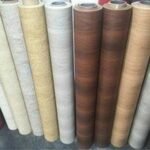
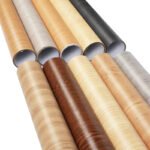
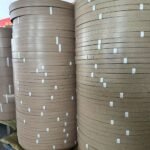
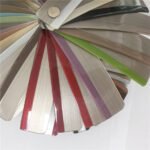
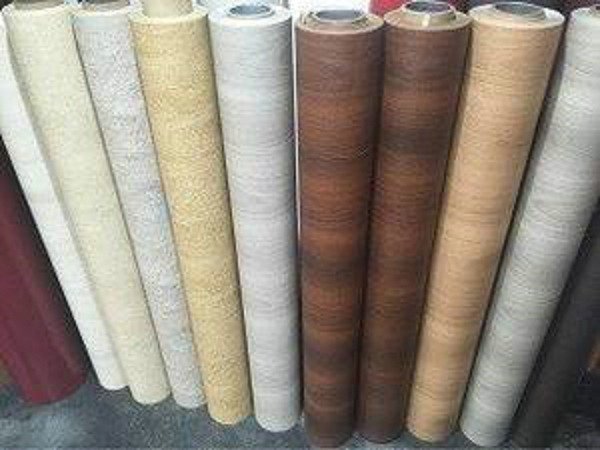

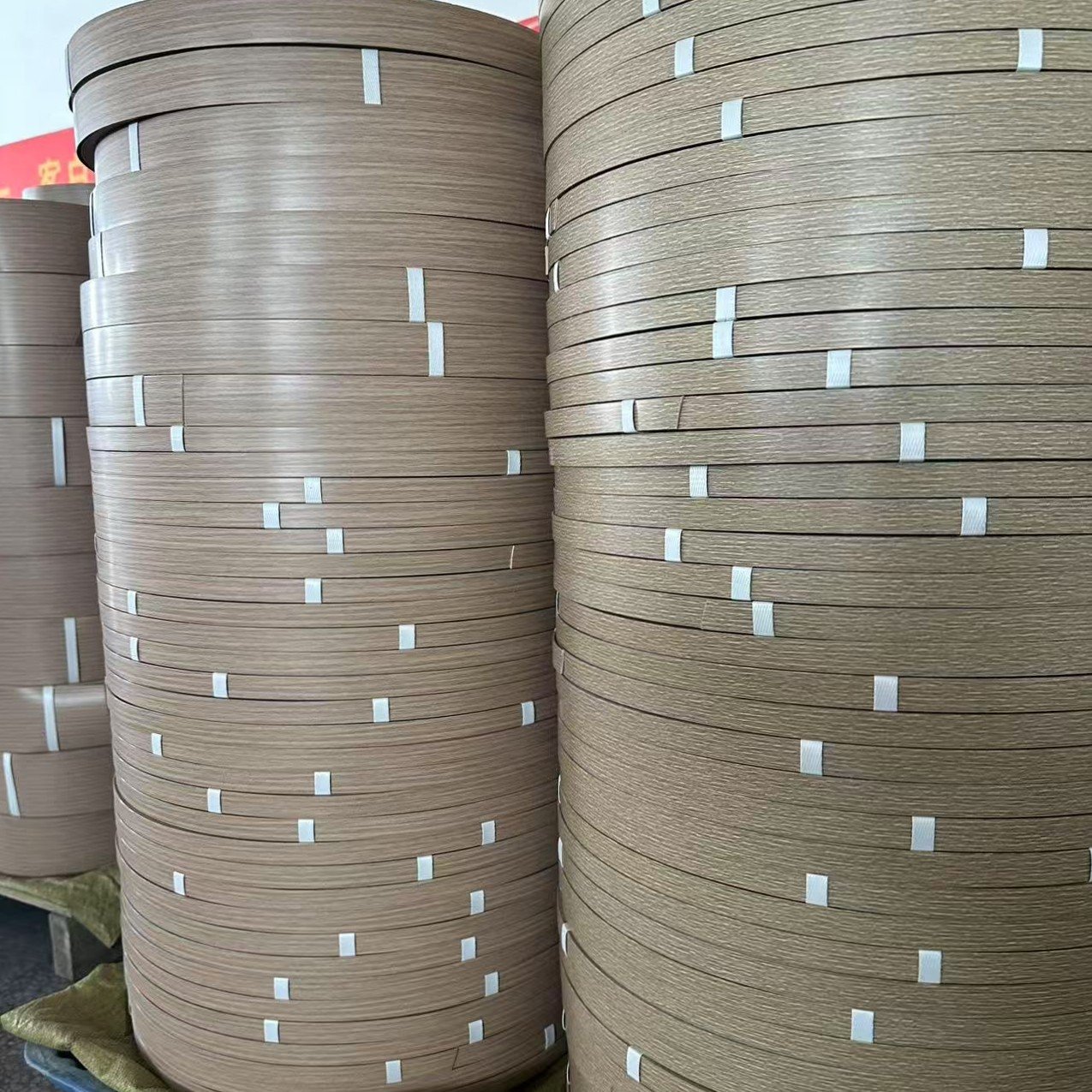

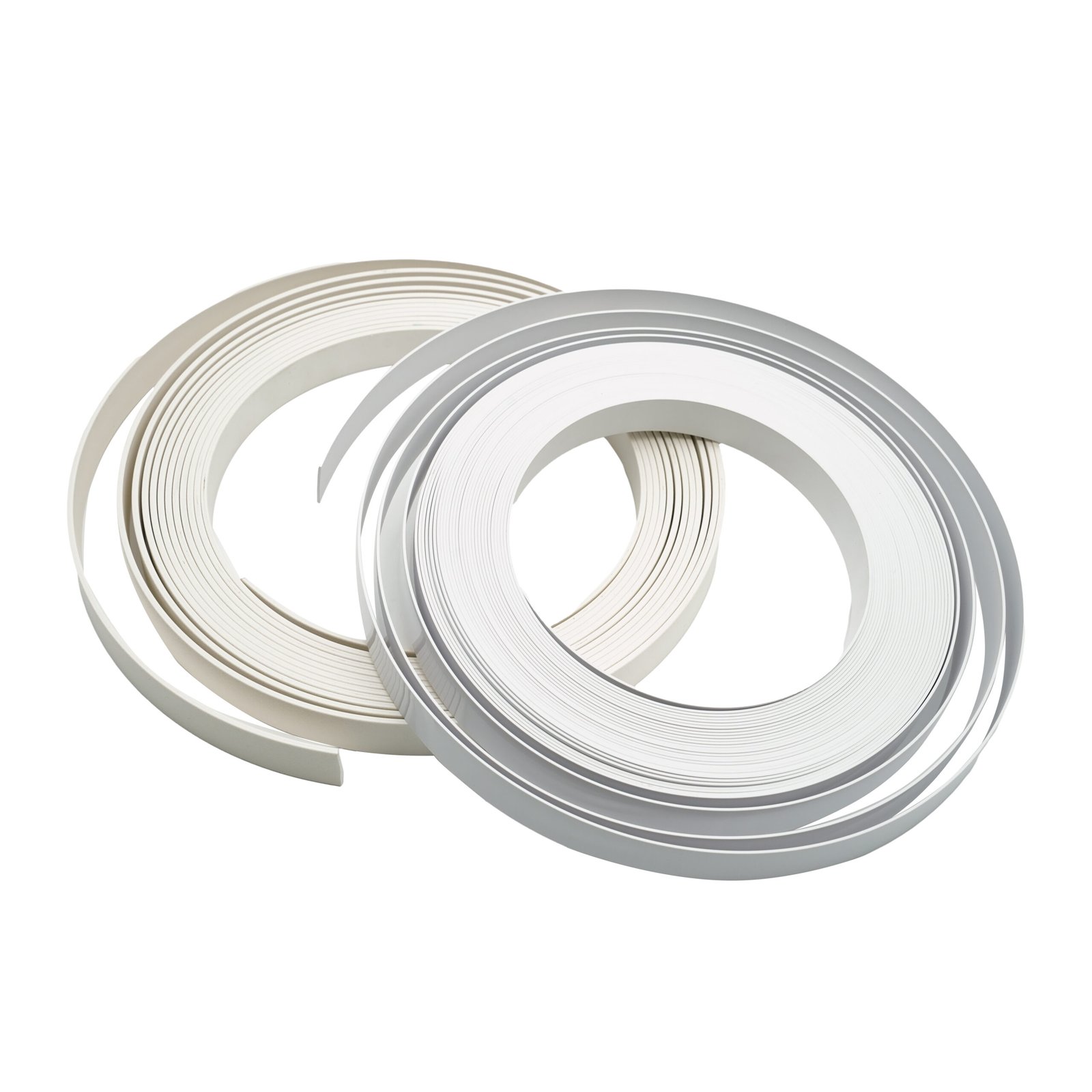




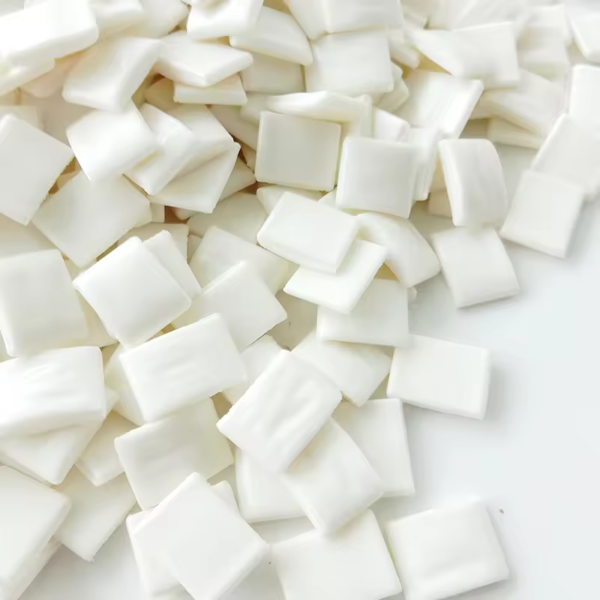

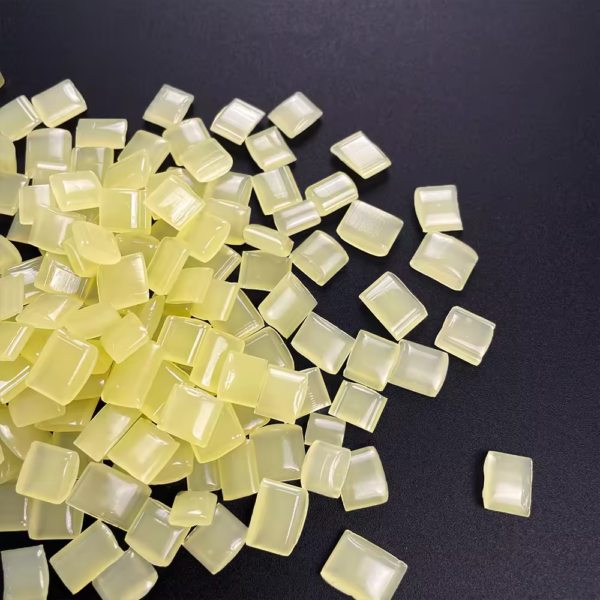


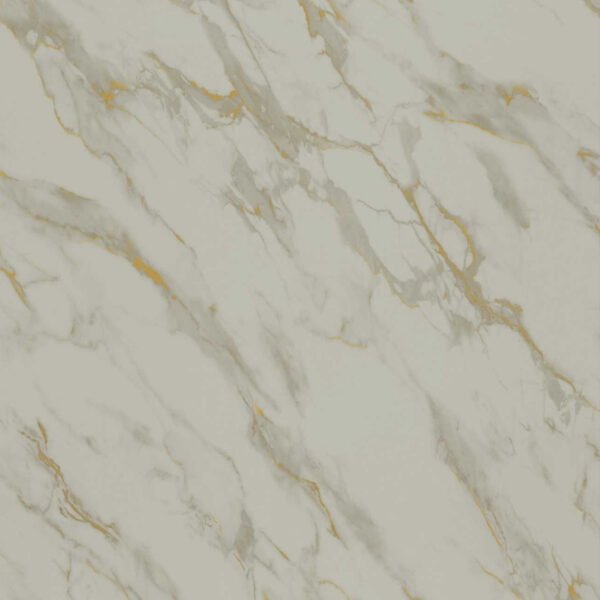

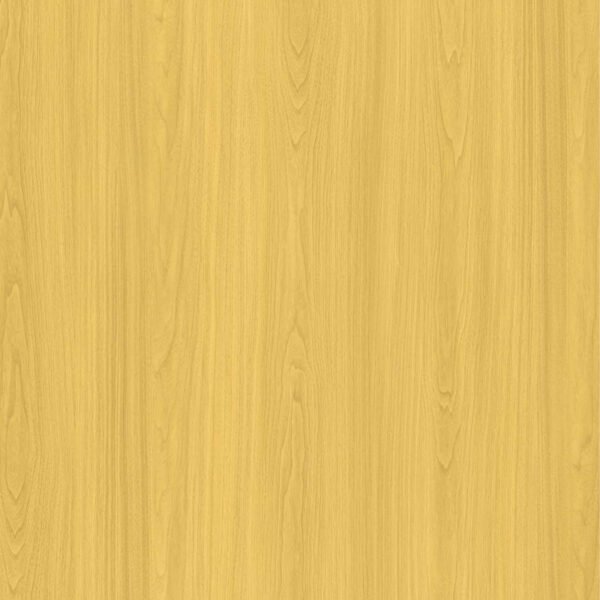


Leave a Reply